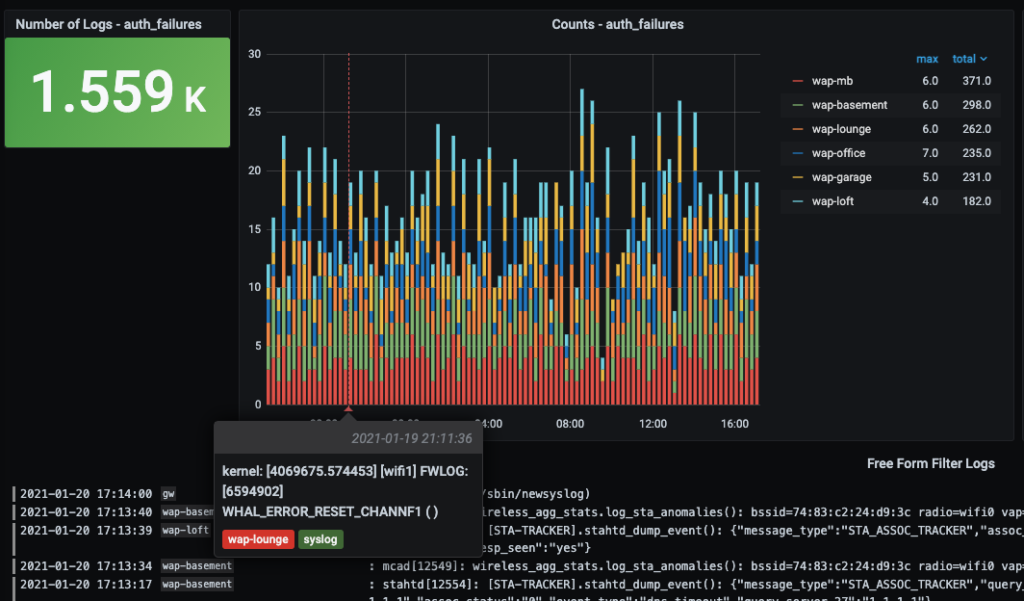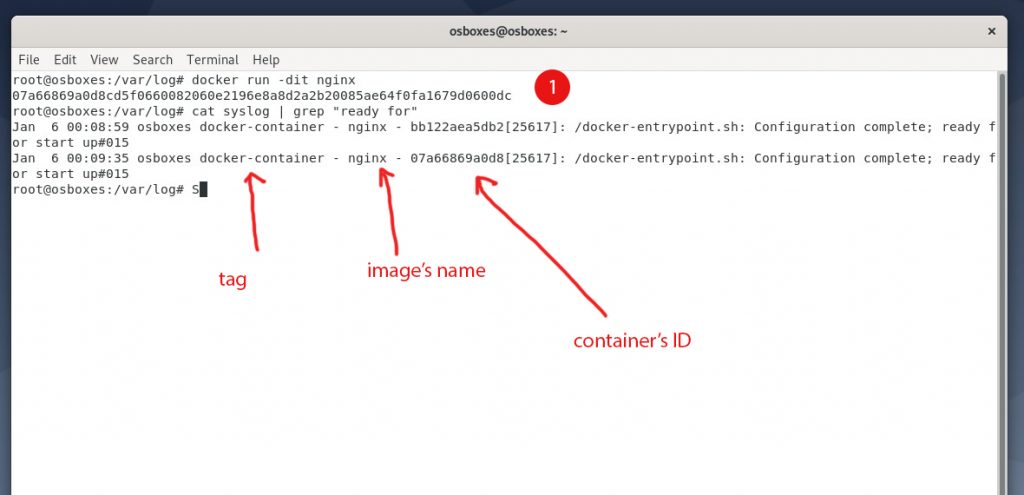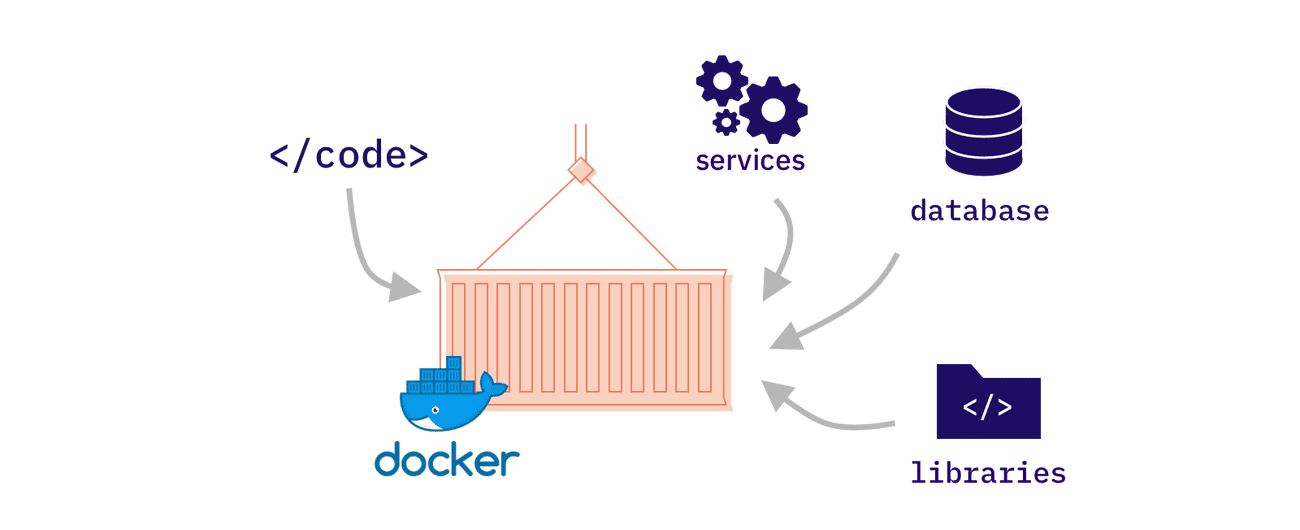

- #HOW TO CHECK DOCKER SYSLOG HOW TO#
- #HOW TO CHECK DOCKER SYSLOG INSTALL#
- #HOW TO CHECK DOCKER SYSLOG UPDATE#
- #HOW TO CHECK DOCKER SYSLOG PASSWORD#
- #HOW TO CHECK DOCKER SYSLOG DOWNLOAD#
Validate Docker log collector container creation For more information, see Configure automatic log upload for continuous reports.
#HOW TO CHECK DOCKER SYSLOG DOWNLOAD#
Make sure you performed the necessary steps run Docker on a Windows or Linux machine and successfully download the Defender for Cloud Apps Docker image on the machine.
#HOW TO CHECK DOCKER SYSLOG HOW TO#
Use these steps to enable your log collector behind a proxy.įor information on how to change the certificates used by the log collector for Syslog or FTP, and to resolve connectivity issues from the firewalls and proxies to the log collector, see Modify the log collector FTP configuration. This may happen because the log collector doesn't trust the proxy's root certificate authority and is not able to connect to Microsoft Defender for Cloud Apps to retrieve its configuration or upload the received logs. In a terminal window run: docker exec chmod -R 700 /etc/ssl/private/.Īfter you configured the log collector, if you are running behind a proxy, the log collector might have trouble sending data to Defender for Cloud Apps. The command should produce a similar output to what's seen in the following screenshot. In a terminal window run: docker exec -t update_certs.
#HOW TO CHECK DOCKER SYSLOG UPDATE#
If any of the files are missing, the update won't take place.
#HOW TO CHECK DOCKER SYSLOG PASSWORD#


This article provides information about the following advanced configuration options for Defender for Cloud Apps Cloud Discovery log collectors: To learn more about the recent renaming of Microsoft security services, see the Microsoft Ignite Security blog. For more information about the change, see this announcement. In the coming weeks, we'll update the screenshots and instructions here and in related pages. It's now called Microsoft Defender for Cloud Apps.
#HOW TO CHECK DOCKER SYSLOG INSTALL#
Tgt-macaddr ethernet MAC address for logging agent (broadcast)įor example, on my current test system, I have set the kernel boot line to: vkmsg=on console=tty1 tologin=tty1 console=ttyS0 tologin=ttyS0 =LABEL=RANCHER_STATE = rancher.rm_usr loglevel=8 kernel boot parameters can be set during installation using sudo ros install -append ".", or on an installed RancherOS system, by running sudo ros config syslinux (which will start vi in a container, editing the global.cfg boot config file.We've renamed Microsoft Cloud App Security. Src-ip source IP to use (interface address) Src-port source for UDP packets (defaults to 6665) The kernel setting looks like: if present, enable extended console support To set up Linux kernel and RancherOS remote Syslog logging, you need to set both a local, and remote host IP address - even if this address isn’t the final IP address of your system.

When you set this kernel boot parameter in RancherOS v1.1.0 and later, the RancherOS debug logs will also be sent to it. The Linux kernel has a netconsole logging facility that allows it to send the Kernel level logs to a remote Syslog server. These can be used to diagnose initialisation, network, and cloud-init issues. Since v1.1.0, the init process’s logs are copied to /var/log/boot after the user-space filesystem is made available. This means the logs for syslog, acipd, system-cron, udev, network, ntp, console and the user Docker are available using sudo ros service logs. RancherOS uses containers for its system services.


 0 kommentar(er)
0 kommentar(er)
